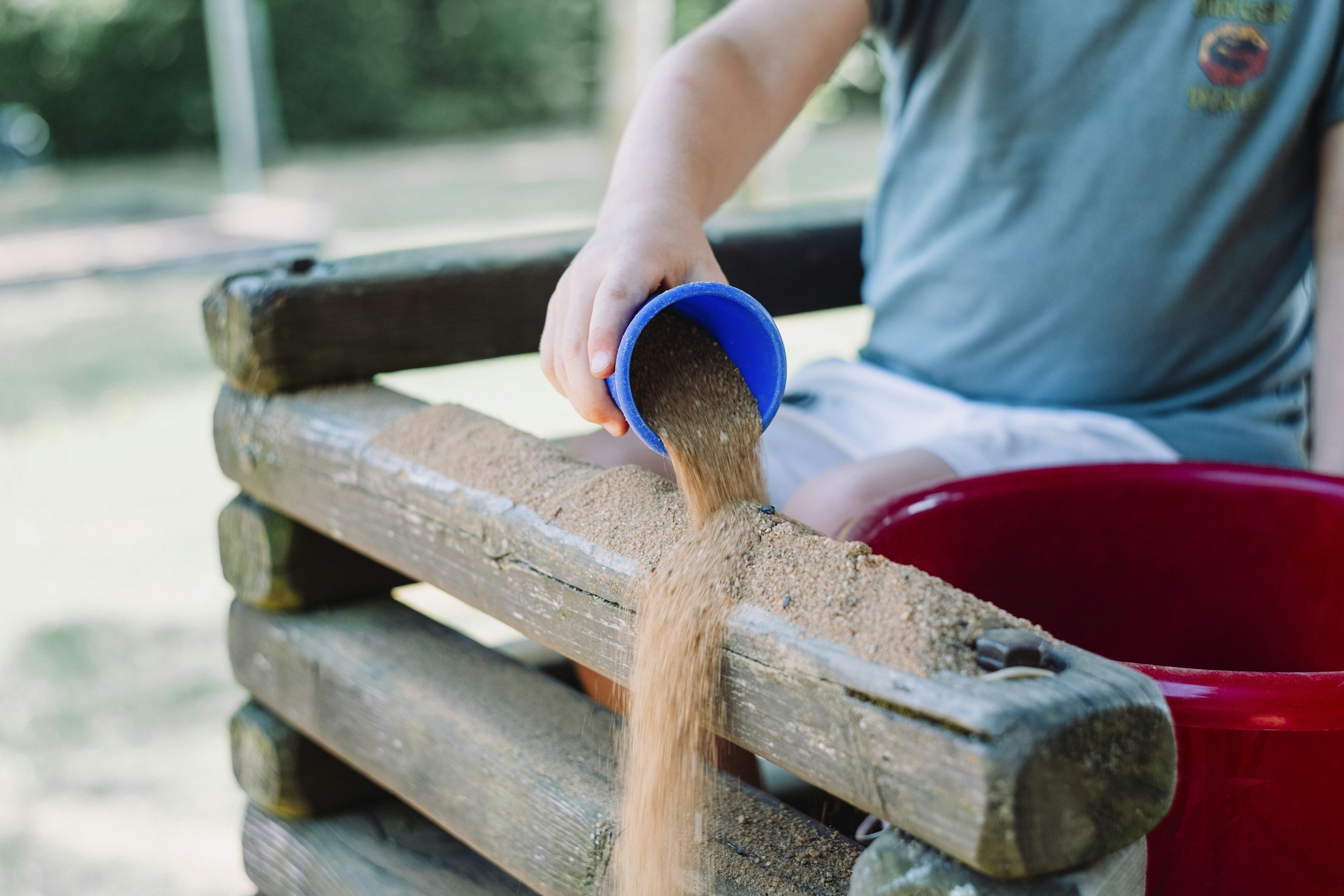
Learning at Oakridge Academy
We believe that every student deserves a personalized education, a deeply connected community, and the opportunity to take charge of their learning, ensuring they are prepared to navigate their future with confidence and creativity.
Each day at a Prenda microschool is made up of four learning modes: Connect, Conquer, Collaborate, and Create.
Check out the research behind Prenda's learning system below or click here.
Values-driven personal development
Connect is meant to build strong relationships and help microschools establish a culture based on Prenda's core values and the principles of empowerment. Students and guides read, watch, discuss, journal, and play as they discover the skills and mindsets of empowered learners.
Why is this important?
When we focus on relationships, mindset, and autonomy we maximize prefrontal cortex development and help kids feel less anxious, more engaged, and more self-motivated.
Learn more:
Hold On To Your Kids by Gordon Neufeld & Gabor Mate
How Children Succeed by Paul Tough
Rest Play Grow by Deborah MacNamara
Connect Mode
Mastery-focused personalized academics
During Conquer, guides and parents work alongside students to create individualized learning plans using rigorous, mastery-based programs. Students set personal goals and move forward each day. Low-stress, adaptive, diagnostic testing identifies learning gaps and gets students working at the right level and pace.
Why is this important?
Research shows that providing a mastery-based approach to academics and an immediate feedback loop fosters a sense of competence and drastically improves academic growth outcomes.
Learn more:
Let’s Teach for Mastery by Sal Khan
The Results of Implementing ZPD on Learning Outcomes by Ryan Baker
When Adaptive Learning is Effective Learning by Shuai Wang
Conquer Mode
Interactive inquiry-led discovery
Collaborate engages students in inquiry-based research, debates, Socratic discussions, experiments, service learning, and problem-solving experiences that help them become people who think deeply about the world around them and how they interact with others. We teach students how to think, not what to think.
Why is this important?
When we allow kids to be active participants in their learning and give them more control over what and how they learn, engagement and self-efficacy increase and anxiety decreases.
Learn More:
The Self-Driven Child by Ned Johnson and William Stixrud
Creating Autonomy-Supportive Learning Environments by Jon Stolk
Promoting Motivation, Health, and Excellence by Edward Deci
Collaborate Mode
Hands-on project-based learning
Create is a time for exploration and creativity. Students work together as they solve reality-based problems through projects that help them discover their interests and the world. They create businesses, products, service opportunities, websites, galleries, events, performances, and more.
Why is this important?
Inviting students to use their learning in real and meaningful ways increases personal relevance and fosters each student’s ability to construct knowledge based on prior experiences.
Learn more:
Raising Critical Thinkers by Julie Bogart
Problem-Based Learning in K-12 Education by Clarice Wirkala
Intrinsic Motivation and the Process of Learning by Diana Cordova
Create Mode
Research has consistently proven that humans require
3 PRIMARY NEEDS TO THRIVE
Connection
We cultivate connection by providing students with warm, accepting, and supportive relationships regardless of academic performance or behavior.
Personalization
We prioritize personalization by ensuring that each student is treated as an individual and allowed the flexibility required to learn in ways that meet their unique needs and interests.
Autonomy
We honor student ownership of the learning process by providing developmentally appropriate autonomy-supportive environments.
Reinventing Education at Oakridge Academy
At Oakridge, we believe that true learning is more than memorizing content — it’s about developing mastery and the essential life skills that often get overlooked in traditional classrooms.
What Matters Most
We help young learners strengthen their ability to read people, engage in respectful Socratic-style discussions, and cultivate personal responsibility and integrity. Students learn what it truly means to show up — both for themselves and for others — and to manage their time well, experiencing the real impact of following through or dropping the ball.
We also encourage students to fail in ways that lead to growth, because early, low-stakes failure fosters resilience and a growth mindset. Rather than treating failure as an endpoint, we see it as a vital step on the path to mastery.
Why Oakridge Exists
We designed Oakridge for families who want more than the traditional model — families who value autonomy, mastery, and purpose, and who believe education should be driven by curiosity, connection, and meaningful challenges. Our program blends the best of research-based, learner-driven education with the rich community experience of learning alongside others.
Learning Through Action
At Oakridge, learners don’t just sit at desks and absorb information — they are actively engaged in hands-on, project-based work that connects directly to the real world. Whether they’re designing, creating, exploring, or collaborating, students learn through doing, which deepens understanding and builds confidence.
We help students discover their unique gifts and explore how those strengths can be used to make meaningful contributions — both in our school community and in the wider world. In this way, learning becomes personal, purposeful, and powerful.
Watch this brief video featuring Kaity Broadbend, Chief Empowerment Advocate at Prenda, as she explains how our students engage in learning through mastery-based, inquiry-led instruction.






